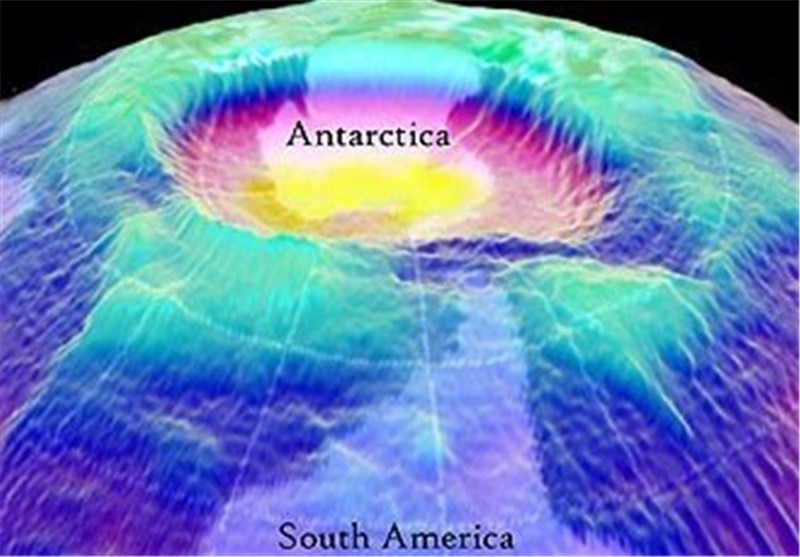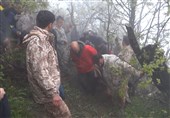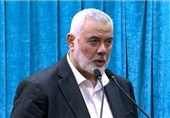Researchers Identify 4 New Man-Made Gases Contributing to Ozone Depletion
TEHRAN (Tasnim) – According to a new report from the University of East Anglia, UK, researchers have identified four new man-made gases in the atmosphere and all are contributing to the destruction of the stratospheric ozone layer.
The new research appears in the latest issue of the journal Nature Geoscience, in which it was revealed that over 74,000 tons of three new chlorofluorocarbons and one new hydrofluorocarbon have been released into the atmosphere.
Researchers made the discovery by comparing today’s air samples with air trapped in polar firn snow, which provides a century-old natural archive of the atmosphere. In addition, the researchers examined air collected between 1978 and 2012 in unpolluted Tasmania.
The measurements show that all four new gases have been released into the atmosphere recently and that two are radically accumulating. Emission increases of this scale have not been observed for any other CFCs since controls were introduced during the 1990s. However, they are nowhere near peak CFC emissions of the 1980s, which reached approximately one million tons a year.
“Our research has shown four gases that were not around in the atmosphere at all until the 1960s which suggests they are man-made,” said lead researcher Dr. Johannes Laube from UEA’s School of Environmental Sciences. “CFCs are the main cause of the hole in the ozone layer over Antarctica. Laws to reduce and phase out CFCs came into force in 1989, followed by a total ban in 2010. This has resulted in successfully reducing the production of many of these compounds on a global scale.
According to Tufts University, chlorofluorocarbons are exclusively man-made and have no natural counterpart. CFCs are constructed by linking chlorine, fluorine and carbon atoms, and have long been suspected of being responsible for ozone depletion.
“The identification of these four new gases is very worrying as they will contribute to the destruction of the ozone layer. We don’t know where the new gases are being emitted from and this should be investigated. Possible sources include feedstock chemicals for insecticide production and solvents for cleaning electronic components. What’s more, the three CFCs are being destroyed very slowly in the atmosphere – so even if emissions were to stop immediately, they will still be around for many decades to come.”





